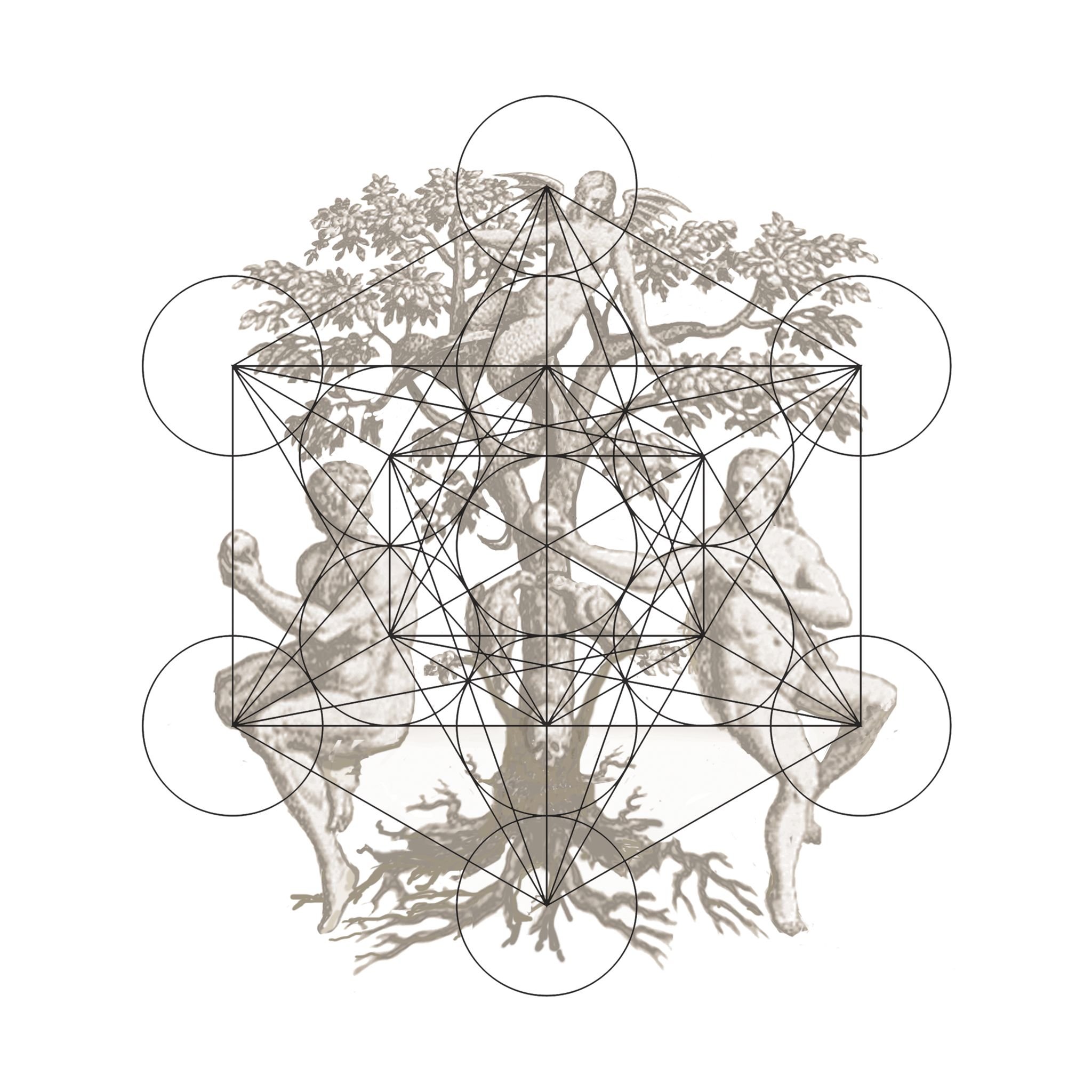Judith Nangala Crispin ‘When monsoon floods the Tanami...’




Judith Nangala Crispin ‘When monsoon floods the Tanami...’
Artist : Judith Nangala Crispin
Title : When monsoon floods the Tanami, it fills waterholes and dry creeks, disturbing those who sleep all summer below the sand – shield shrimp and water-holding frogs, seeds, the dead. Alfy, buried this last year, wakened by rain, is lifted back into the sky on the shoulders of storm
Medium : lumachrome glass print, cliche-verre, chemigram, painting, drowned rakali on fibre paper, twigs, seeds, vegemite, paint, turmeric and electroplating chemicals: exposed 36 hrs in a geodesic dome re-printed as a single image, detailed with gold and silver leaf
Dimensions : 200 x 131 cm
ENQUIRE ABOUT THIS WORK
Judith Nangala Crispin is an Australian visual artist, poet and musician, and a descendant of Bpangerang people of North East Victoria. Her skin name, Nangala, was given to her by the Warlpiri people of the remote Tanami Desert in northern Australia, a place she has lived for a few months each year for over a decade. Her work includes themes of displacement and identity loss, a reflection on her ancestry, but it is primarily centred on the concept of connection with the land. This work forms a part of Crispin’s ongoing series depicting the transcendent ascending forms of recently deceased fauna. Crispin’s camera-less method of photography incorporates a range of processes. Her own developed alternative process of ‘lumachrome glass printing’, combines elements of lumen printing, cliché verre, chemical alchemy and drawing. She works within a mobile geodesic dome which functions as a giant lens where light streams penetrate its plastic walls. The mobility of her studio allows her to go to the site of her subject, prior to respectful burial. The muse is raised onto a plastic box, rested on special photographic paper for up to 50 hours as the passage of sun and moonlight exposes its posthumous portrait. Each work is viewed as a collaboration with nature, where honouring the subject is a key objective. In each work the animals are diaphanous where light has literally passed through their bodies. They appear drawn in a primitive motion by a slipstream of spirit, levitating in a space of brooding luminosity that appears sentient and wholly focused on the task of enfolding each creature back into its care. The result offers a profound sense of what lies beyond.
Nangala Crispin has published a collection of poetry, The Myrrh-Bearers (Sydney: Puncher & Wattmann, 2015), and a book of images and poems made while living with the Warlpiri, The Lumen Seed (New York: Daylight Books, 2017). She is a member of Oculi collective, one of the chapter leads of Women Photograph (Sydney), and was the 2021 Artist in residence with Music Viva. She is also the Poetry Editor for The Canberra Times. She has also directed and worked on two major social justice research projects – The Julfa Project, which preserved photographic records of a destroyed Armenian cemetery and digitally reconstructed the site from new and existing images; and Kurdiji 1.0, an Aboriginal suicide prevention app, which strengthens resilience in young indigenous people by reconnecting them with community and culture. Nangala Crispin work has been exhibited internationally.
